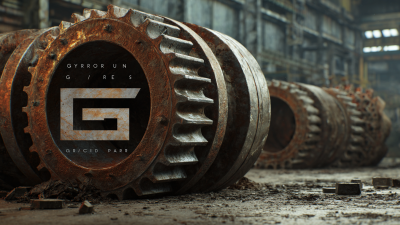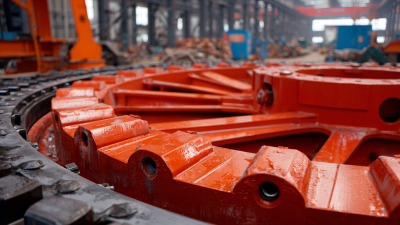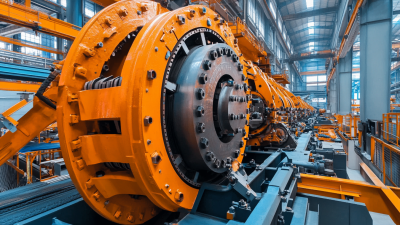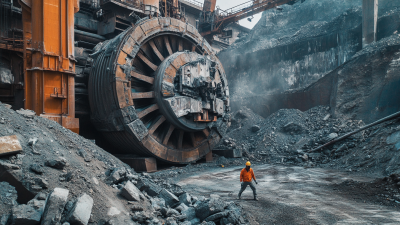
-
Home
-
About Us
-
Products
-
News
-
Blog
-
Contact Us
Leave Your Message

The gyratory crusher is a vital component in the mineral processing and aggregate industries, playing a crucial role in the crushing and sizing of materials. Understanding the essentials of gyratory crusher parts is key for operators aiming for optimal performance and efficiency. According to a report by Allied Market Research, the global market for gyratory crushers is projected to reach USD 3.2 billion by 2026, growing significantly due to the rising demand for construction and mining activities. Proper maintenance and knowledge of the gyratory crusher parts can enhance the machine's lifespan and effectiveness, leading to reduced operational costs and increased productivity. As the industry evolves, keeping abreast of these essential components and their roles is necessary for maximizing operational success.
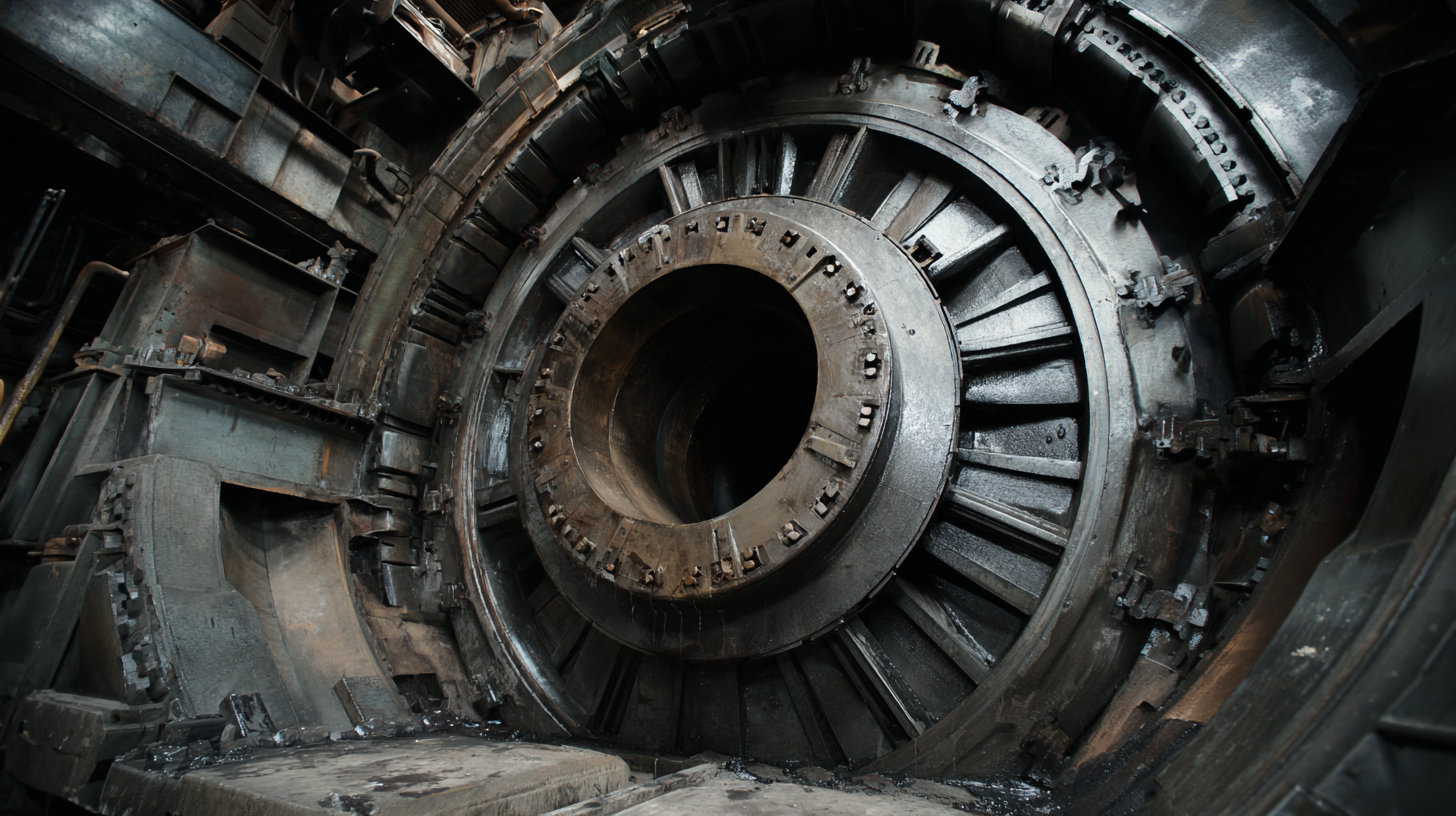
The gyratory crusher is a crucial piece of heavy machinery in mining and aggregate production, with its efficiency largely determined by its key components. The main components include the mantle, concave liners, and the crushing chamber, each playing an essential role in the crushing process. According to a recent report by the International Journal of Advanced Manufacturing Technology, the performance of a gyratory crusher can be enhanced by optimizing these components, leading to up to a 25% increase in throughput.
The mantle, often made from alloys like manganese steel, is designed to withstand extreme wear while efficiently crushing materials. Its shape and size significantly influence the material flow within the crushing chamber. Meanwhile, the concave liners are strategically arranged to guide the material towards the crushing point. A study from the Journal of Engineering Research has indicated that the geometrical configuration of these liners can remarkably affect the particle size distribution of the output, making their design critical for operational effectiveness. Understanding the interplay between these components allows industry professionals to tailor their approaches, ensuring optimal performance in various applications.
Material selection plays a critical role in the performance and longevity of gyratory crusher parts.
The components of a gyratory crusher, such as the mantle and concave, are subject to intense wear and tear due to the rigorous crushing process they undergo.
Choosing materials that can withstand high impact forces and resist abrasion is vital for maintaining operational efficiency.
High-quality alloys, often featuring a combination of manganese and carbon, are essential for developing robust and durable parts that can endure the harsh conditions of mining and aggregate processing environments.
Moreover, the right material selection can significantly influence the maintenance cycle and replacement costs. Utilizing resilient materials reduces the frequency of parts replacement, minimizing downtime and enhancing productivity.
For instance, advanced metallurgy techniques can be used to improve toughness and wear resistance, ensuring that the gyratory crusher operates at optimal performance levels over an extended period.
This strategic approach to material selection not only boosts the overall efficiency of the crushing process but also contributes to lower operational costs, making it a fundamental aspect of successful mining and aggregate operations.
Maintaining your gyratory crusher is essential for maximizing its lifespan and ensuring optimal performance in your operations. Regular maintenance activities not only enhance the efficiency of the machine but also prevent unexpected downtimes that can disrupt production. One of the key maintenance tips is to regularly inspect the wear parts, including the mantle and concave liners, for signs of wear and damage. Implementing a routine inspection schedule helps in identifying issues early, thus allowing for timely replacements and minimizing operational interruptions.
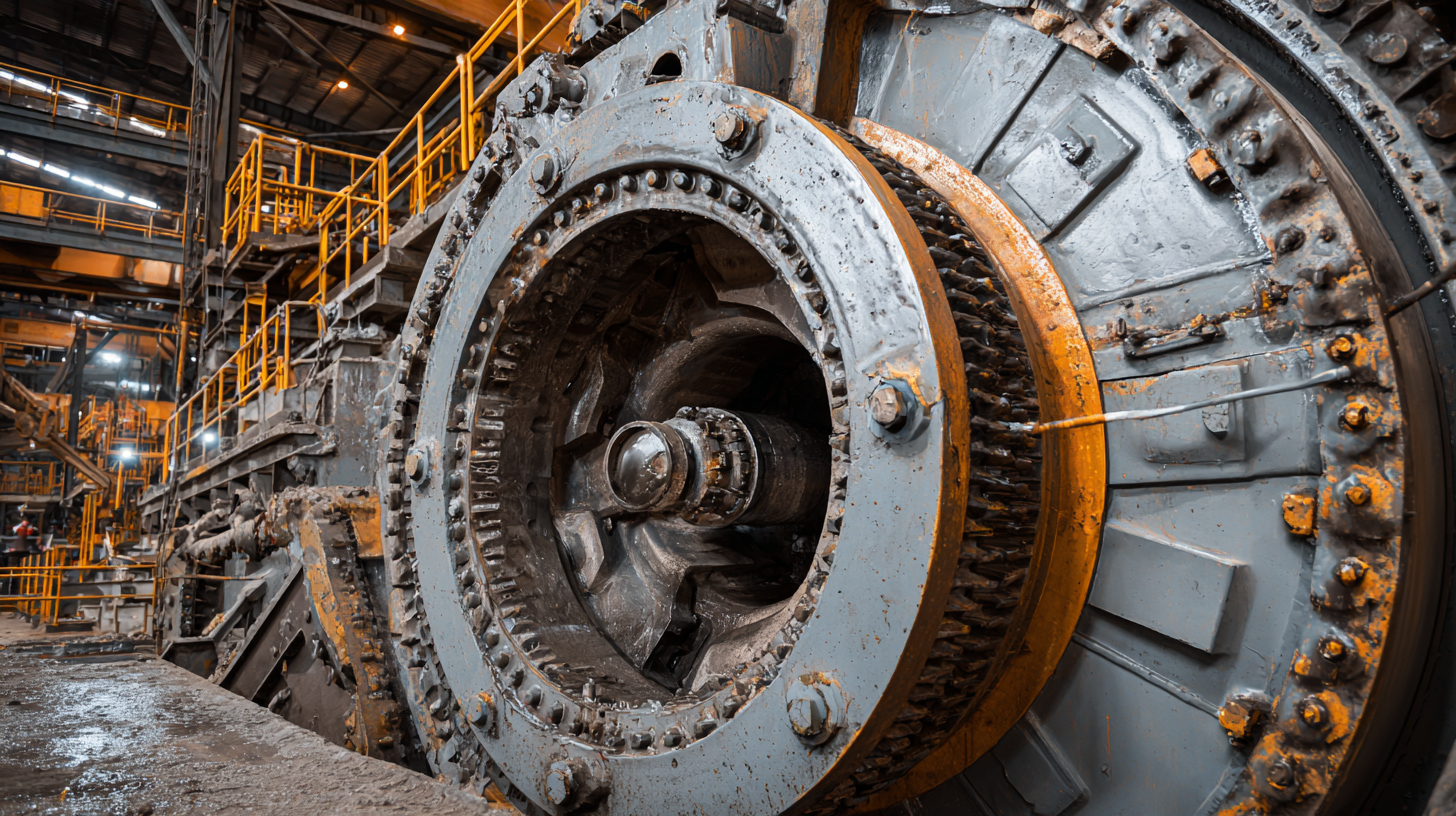
Another critical tip is to properly lubricate the bearings and other moving parts. Keeping the lubrication system well-maintained ensures that the components run smoothly, reducing friction and wear. It’s crucial to adhere to the manufacturer’s guidelines for lubrication intervals and the type of lubricant used to prevent overheating and extend the lifespan of the machine. Furthermore, ensuring that the crusher is correctly aligned and that all bolts and nuts are properly tightened can significantly reduce stress on the equipment, leading to a more efficient operation.
Lastly, always pay attention to the hydraulic systems of the gyratory crusher. Regularly checking fluid levels and replacing old fluid can prevent system failures and maintain optimal pressure throughout the operation. By implementing these maintenance tips, you can enhance the lifespan and performance of your gyratory crusher, ensuring that it continues to operate at peak efficiency.
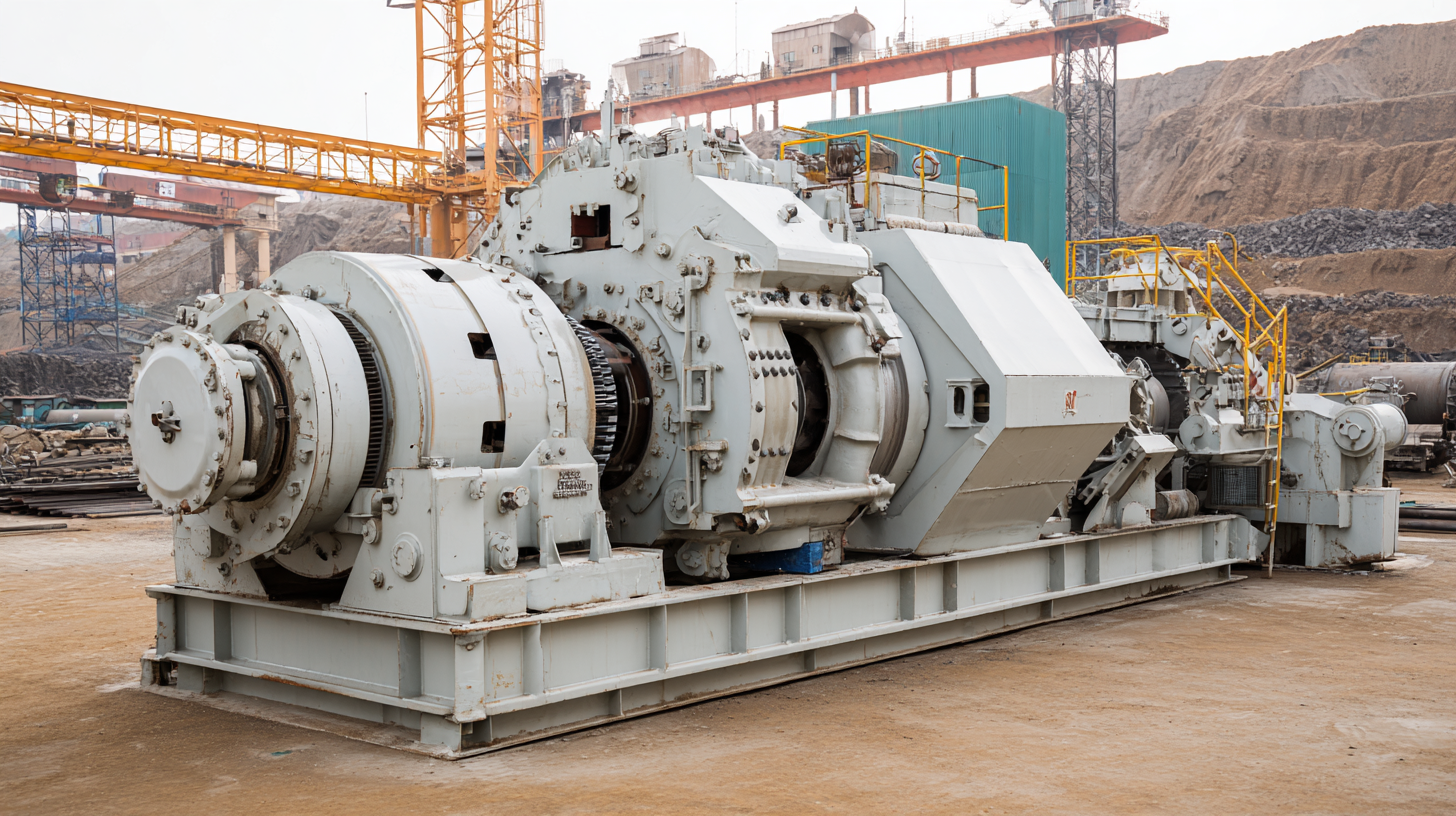 Gyratory crushers are essential in mining and construction industries, but they can encounter several common issues that affect their performance. One of the most prevalent problems is wear and tear on key components such as the mantle and concave. According to a report by Market Research Future, improper maintenance and replacement of these parts can lead to a decline in crusher efficiency by as much as 20%. Regular inspections, coupled with timely replacements, can mitigate these issues and ensure the machine operates within optimal parameters.
Gyratory crushers are essential in mining and construction industries, but they can encounter several common issues that affect their performance. One of the most prevalent problems is wear and tear on key components such as the mantle and concave. According to a report by Market Research Future, improper maintenance and replacement of these parts can lead to a decline in crusher efficiency by as much as 20%. Regular inspections, coupled with timely replacements, can mitigate these issues and ensure the machine operates within optimal parameters.
Another significant issue is misalignment, which can cause uneven wear and increased vibration. Data from the Journal of Mining Science indicates that misalignment can lead to operational costs rising by up to 15%, as it forces the crusher to work harder than necessary. Addressing misalignment issues involves routine checks, utilizing laser alignment tools for precision, and ensuring that the foundation remains stable. By focusing on these common concerns and implementing proactive maintenance strategies, operators can enhance the longevity and efficiency of gyratory crushers, ultimately leading to improved productivity in their operations.
Optimizing the performance of a gyratory crusher is crucial for maintaining efficiency and reducing operational costs. One of the best practices to enhance performance is regular maintenance and inspection of the crusher's parts. Ensuring that components such as the mantle, concave liners, and eccentric assembly are in good condition can significantly impact the machine's productivity. Implementing a scheduled maintenance routine helps identify wear and tear early, allowing for timely replacements or repairs that prevent unnecessary downtime.
Another key measure to optimize gyratory crusher performance is to monitor and adjust the feed rate and size consistently. Ensuring that the crusher is fed optimally prevents overloading, which can lead to increased wear on the crushing surfaces and reduced effectiveness. Employing proper techniques in managing the material feed, such as maintaining a steady flow and avoiding large, hard materials, can enhance the crushing process. Furthermore, utilizing technology and automation tools can provide real-time data on the crusher's performance, helping operators make informed decisions to maintain optimal operation.


